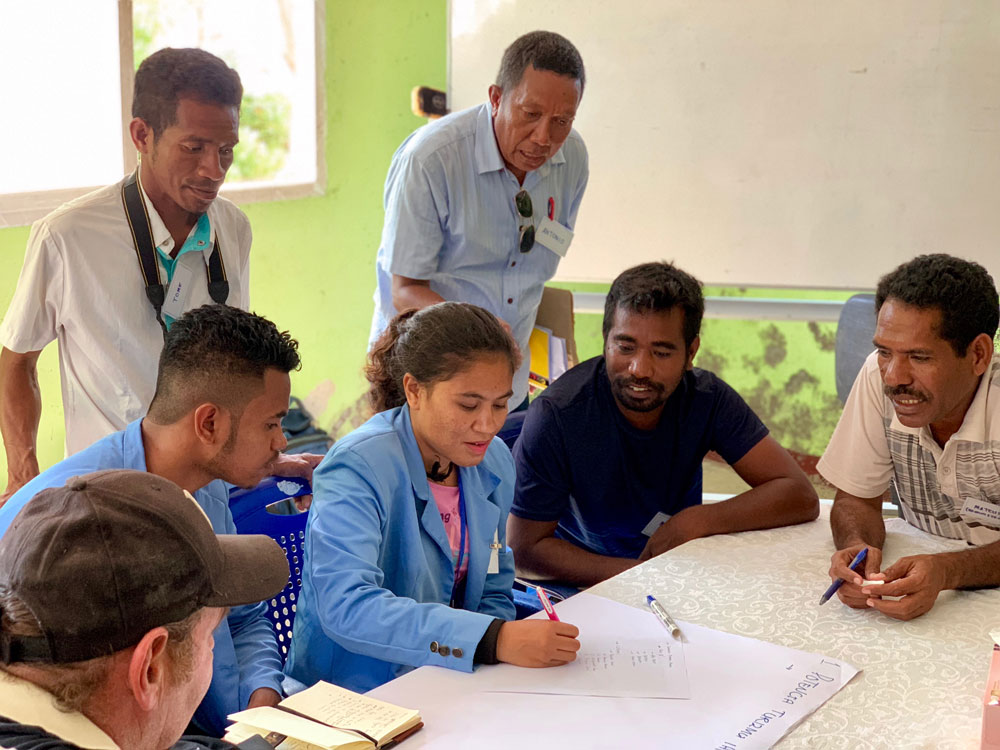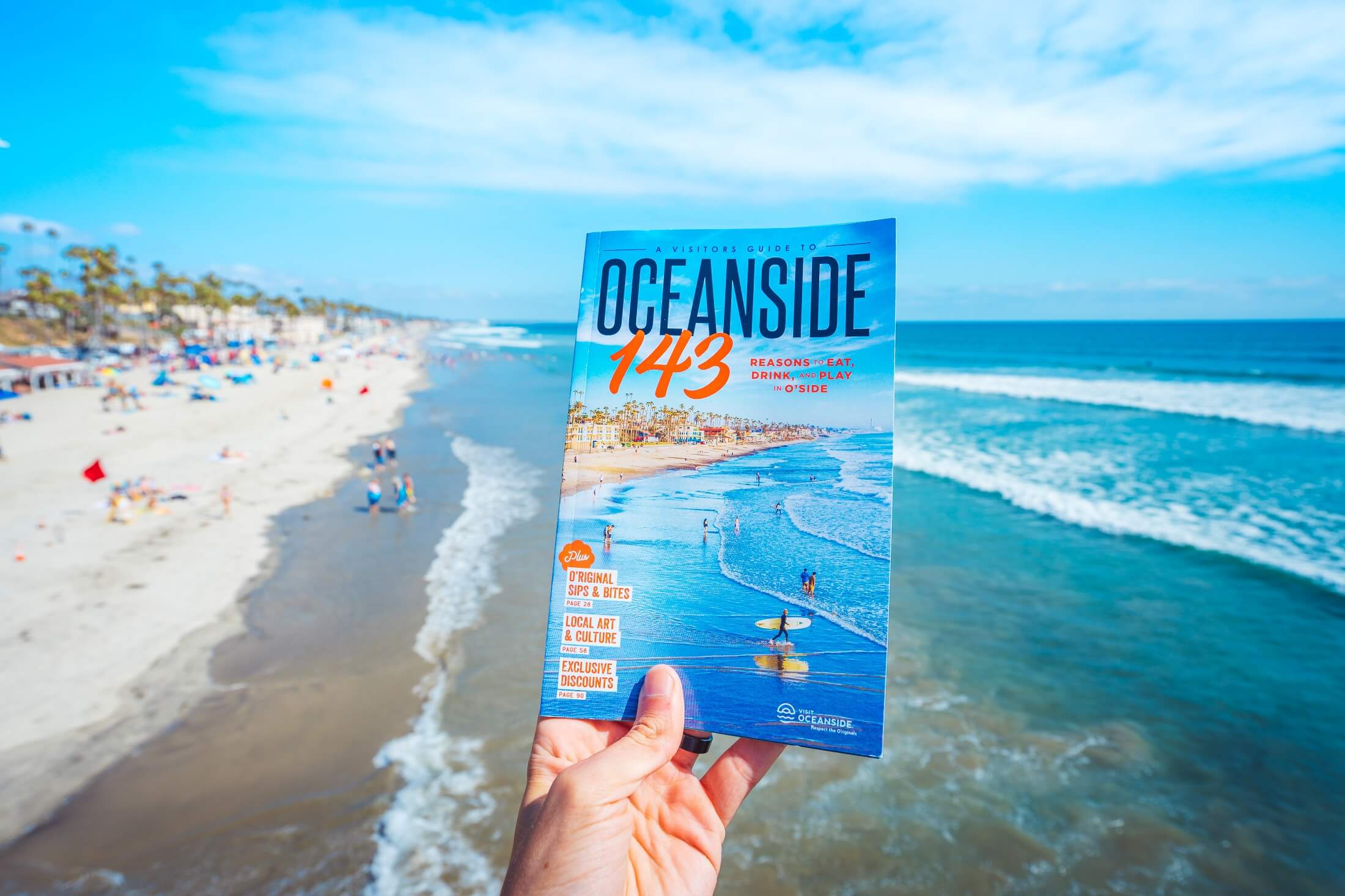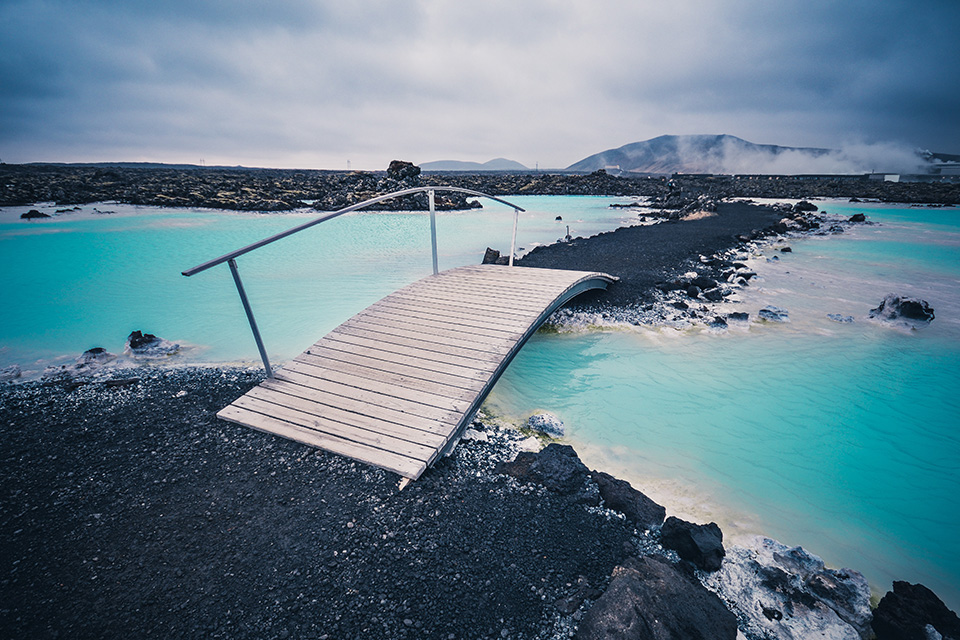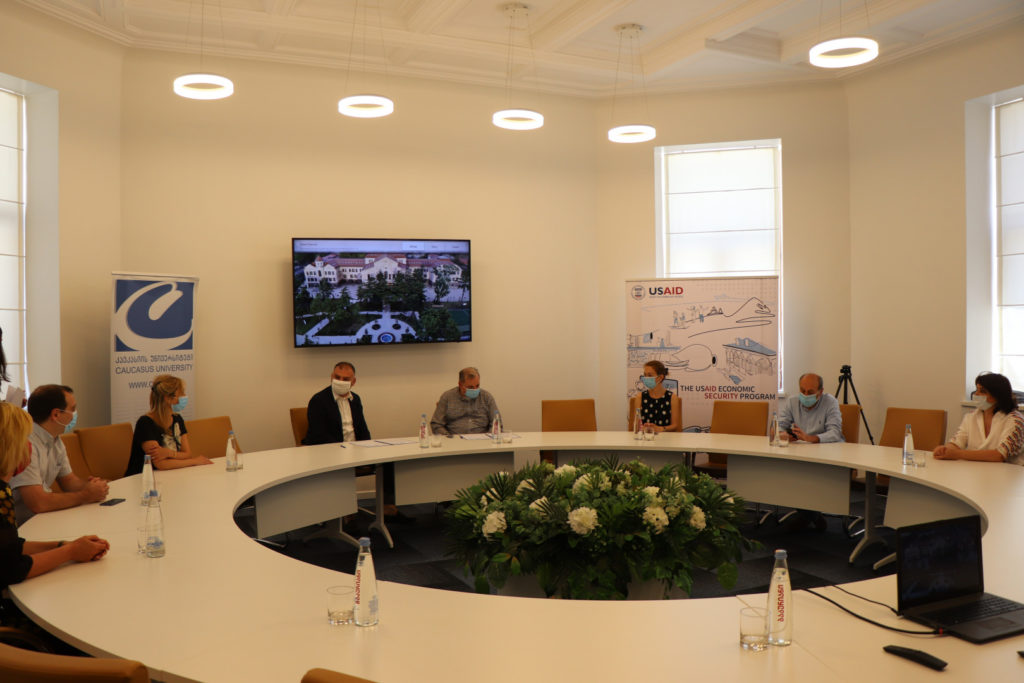Think of the last time you felt captivated by or drawn to a destination or an experience. What pulled you in and rooted your desire to go? What pushed you to search for more information, find a way to get there, or book a place to stay?
Was it the name of a place? Was it a picture of a hotel? Was it a map? Or was it a more extended plot line, one which connected the place and the hotel and plotted your journey out on a map?
Destination storytelling is the most powerful marketing tool of a DMO. While the DMO itself supports the story by offering the places, opportunities, experiences, and support available, the story is told by the destination’s stakeholders. When told correctly, storytelling within a destination can create an emotional connection between the place and its target market. Ideally, your online marketing tools will sew the two together and create an experience that people remember and share with their networks in order to continue the cycle of storytelling.
The Preface of Travel Storytelling
Before collecting the stories, DMOs — or authors — must first ask what content will be produced, and when. During Solimar’s DMO Development Course in the Republic of Georgia, one of the DMO’s in Georgia pointed out that now, due to COVID-19 travel restrictions, collecting content for those stories is more challenging than ever.
The travelers who were normally helping to create and share their own stories of their experiences within your destination may not be around to collect that content, but when normal travel begins to resume, DMOs should have a plan to share updated stories – especially if experiences have changed due to COVID-19. On this same wave, take some time to determine who will produce and edit this content. Find the right story tellers to drive home the value of the experiences in your destination.
Next, be sure to have a clear call to action for the content that will fill your stories. When leisure travelers first start planning a trip, 78% don’t know which airline they will be using for their trip, and 82% don’t know where they’ll stay. One in three leisure travelers planning a trip haven’t even decided on a specific destination for their trip (stats retrieved from ThinkWithGoogle). This is your opportunity to create and show the whole story, detailing the experience that your destination can offer. The DMO’s role here is to provide content to help narrow down choices, answer questions, inspire, and help decide on the story they want to write it themselves. When providing this content, remember to first identify and customize the content to the audience using the following categories:
- location
- age
- gender
- language
- interests
- behaviors
- connections
Finally, representatives inside a destination can work collectively in deciding how the content will be distributed and amplified and answering questions of how the content will be distributed.
Storyboarding for Travel Marketing
How will you encourage visitors to choose your destination and support your DMO?
Answering this question before generating stories helps one to understand why content, communications, and social media plans are necessary. These plans strongly reinforce the destination’s brand and encourages its DMO to think strategically and creatively. Furthermore, DMOs should use storyboarding to think of ways to help their stories stand out from others that may take place in closer locations or for lower prices.
Outside of drawing in visitors, storytelling — especially on social media — can generate buzz and excitement with industry partners and stakeholders. With a plan, DMOs will end up with a more focused message and more focused calls-to-action for both industry partners and their guests. A well thought-out plan will clearly define the goals and steps to reach them for all involved. And don’t forget, a fun contest is a proven way to engage and grow your audience!
Epilouge
To conclude this lesson, DMO leaders in Georgia were able to hear from Michael Fetter, the Director of Marketing for Louisville Tourism. Both parties in the discussion agreed on the importance of offering opportunities to your partners. If you can be successful in getting people interested in visiting a destination’s website, reading it’s print collateral, and ultimately visiting the place, then the story should be considered as being read. Michael’s final suggestion for DMOs was as follows, “Do research, read industry publications, and do anything out there – just get your knowledge base up. Have good relationships with [their] peer DMOs. You might see them as competition, but they know things and you know things; it’s good to play off of each other.”
This interview was an excellent conclusion and reminder that the work of a DMO to tell their story has many different layers and should involve collaboration with their partners and other DMOs doing the same as they are.





